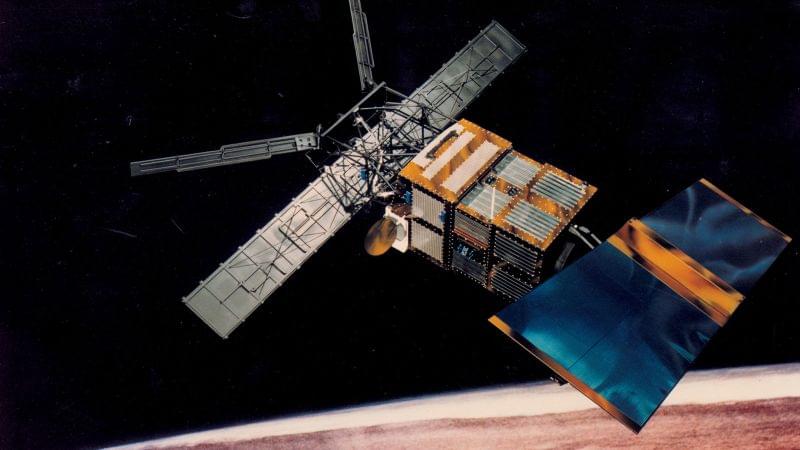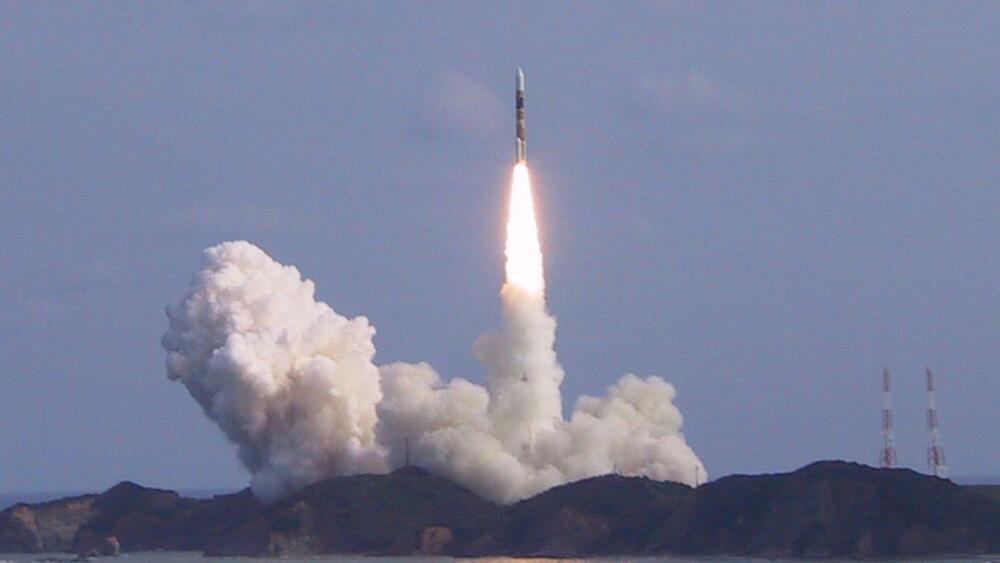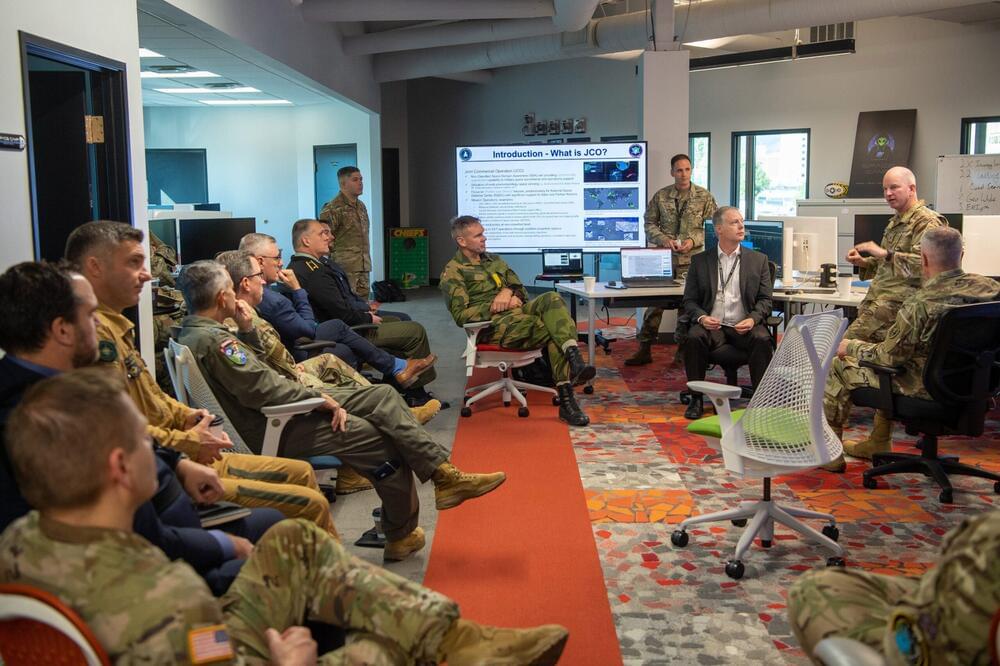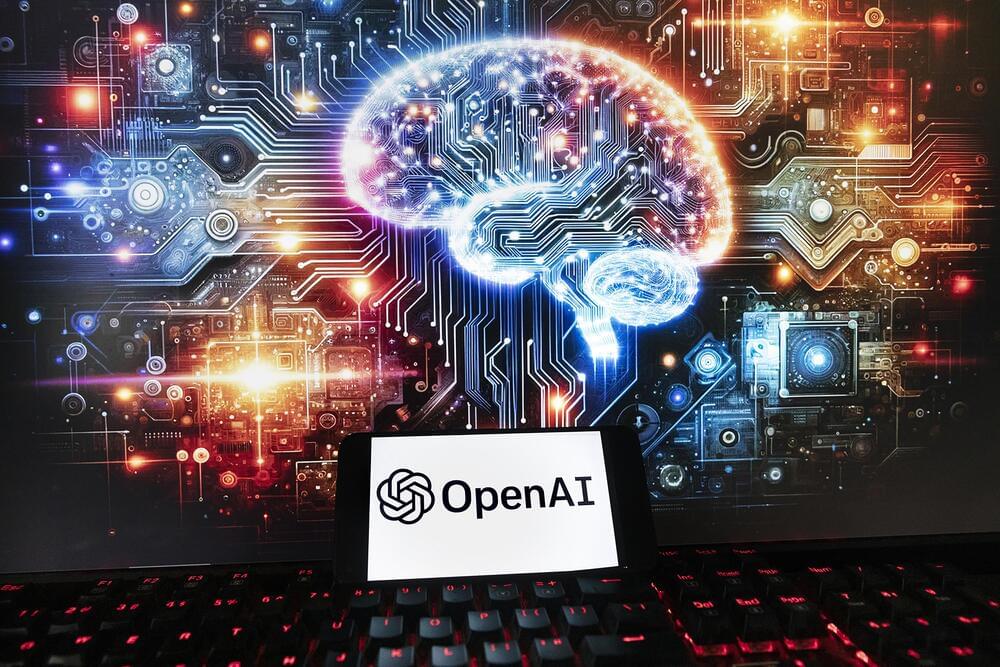The Los Angeles Police Department is warning residents that burglars are using WiFi jammers to easily disarm “connected” surveillance cameras and alarms that are available for cheap on marketplaces like Amazon.
As LA-based news station KTLA5 reports, tech-savvy burglars have been using WiFi jammers, which are small devices that can confuse and overload wireless devices with traffic, to enter homes without setting off alarms — a worrying demonstration of just how easily affordable home security devices from the likes of Ring and Eufy can be disarmed.
As Tom’s Hardware reported last month, instances of WiFi jammers being used by criminals go back several years. Jammers are not only easily available to purchase online, they’re also pretty cheap and can go for as little as $40.








